Wildflower Passion: A Study in Creativity
Flagstaff, Arizona
"Wildflowers are the stuff of my heart!" - Lady Bird Johnson
Just what is it about the common wildflower that drives the landscape photographer wild? We spend hours on the road, often rising before the crack of dawn, looking for the elusive meadow filled with wildflowers just waiting to satisfy our creative urgings.
"Wildflower" is not an exact term to those who study horticulture, but to the photographer such exact definitions are not always important, and certainly not as exciting. Just the sense of what the word means can send many of us off on long distance treks, in search for that one defining wildflower image. Unlike a manicured garden, lovingly tended to by a gardener, wildflowers are at the mercy of nature and its elements and perhaps that is what makes the so alluring (not to imply that planned gardens aren't beautiful on their own right).
Wildflowers hint at a new beginning; the death of winter and the birth of spring. In many ways they are a metaphor, which is the lifeblood of photography - taking dimensions of time and space and translating them into a two dimensional representation of reality. This is where the creative aspect comes into play; taking the facts, of the scene before us, the fiction, about what the scene seems to show, and our feelings about what we are seeing, and molding them into that reality.
2019 is turning out to be a banner year for wildflowers. As I was driving to the entrance of Joshua Tree National Park, just off I-10 on Cottonwoods Spring Road, I spotted this expansive display of wildflowers. The display was spectacular and after the previous spring, I found this both inspiring and welcome respite from the dry desert.
One common mistake, and one I’m guilty of myself, is to simply take a photo from eye level. This is natural, as we all generally see the world from this perspective, but it can often lead to boring images. Instead, try changing your perspective a little. This may mean getting higher or lower to your subject or shooting at a different angle. It will lead to images that are more creative and dynamic.
For this image of desert lupines, I set the tripod up very low, no more than a foot off the ground, and used the flip screen on the back of the camera to focus and take the image.
"When you arise in the morning, think of what a privilege it is to be alive, to breathe, to think, to love..." - Marcus Aurelius
One of the joys of wildflowers is that they can be found almost everywhere. This year, I was photographing them in February in the deserts of California and Arizona, then in May, in the islands of Greece. In the late summer, I'll be photographing them in northern Arizona, near Flagstaff.
Importance of Wildflowers
We may ask ourselves what the importance of wildflowers are and why, besides their beauty, that excites us. Wildflowers produce breathable oxygen by utilizing the carbon dioxide produced by plants and animals as they respire. With the wildflowers often come the pollinators; such as bees. Pollinators are key to reproduction of wild and domesticated plants in our landscape. Without them, existing populations of plants would decline, even if soil, air, nutrients, and other life-sustaining elements were available.
I like to believe as well that there is something in a field of wildflowers that nurtures not only our environment but our innermost being as well. Taking the time to photograph wildflowers gives us the opportunity to take in the beauty of the natural world around us.
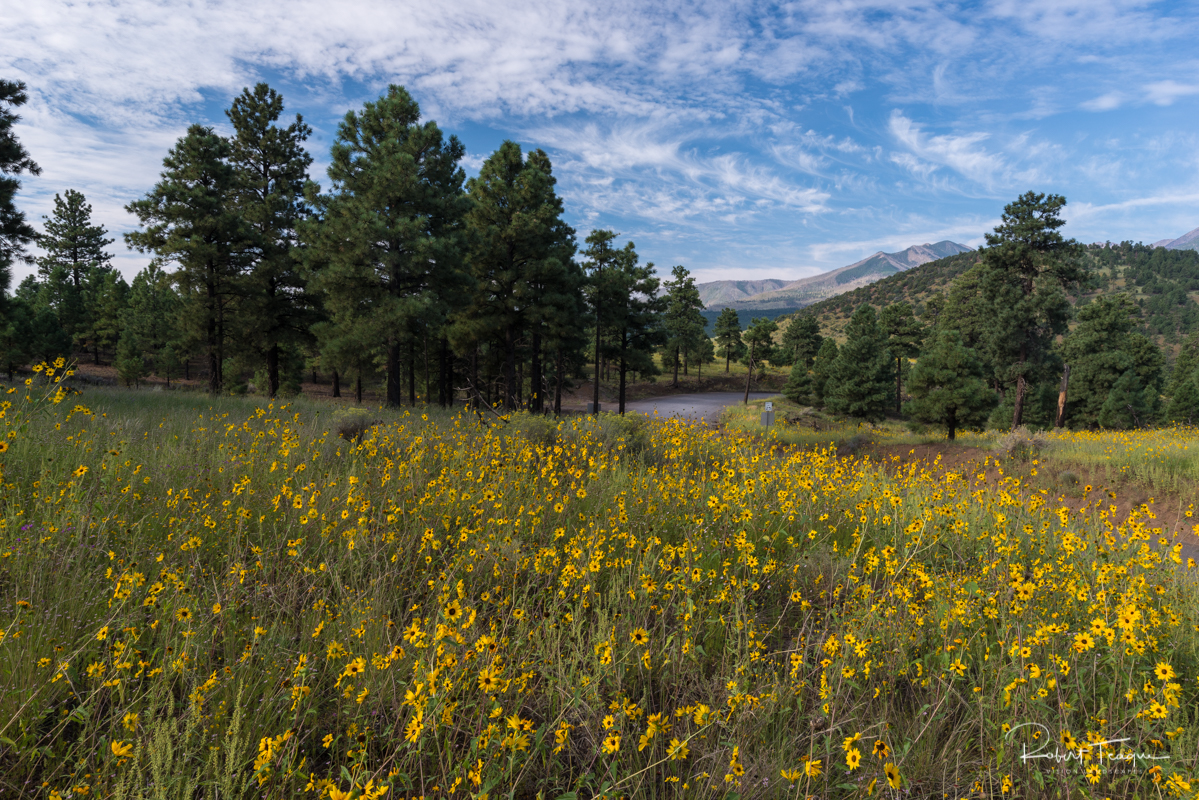
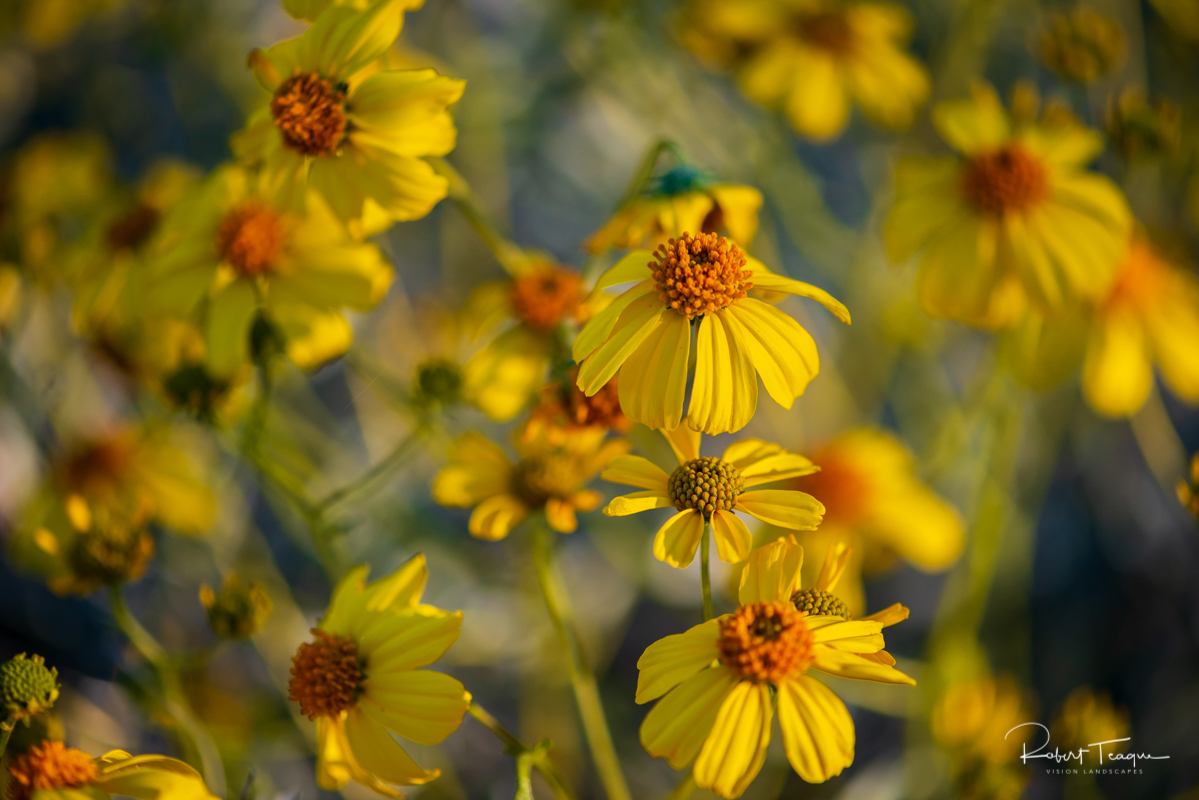
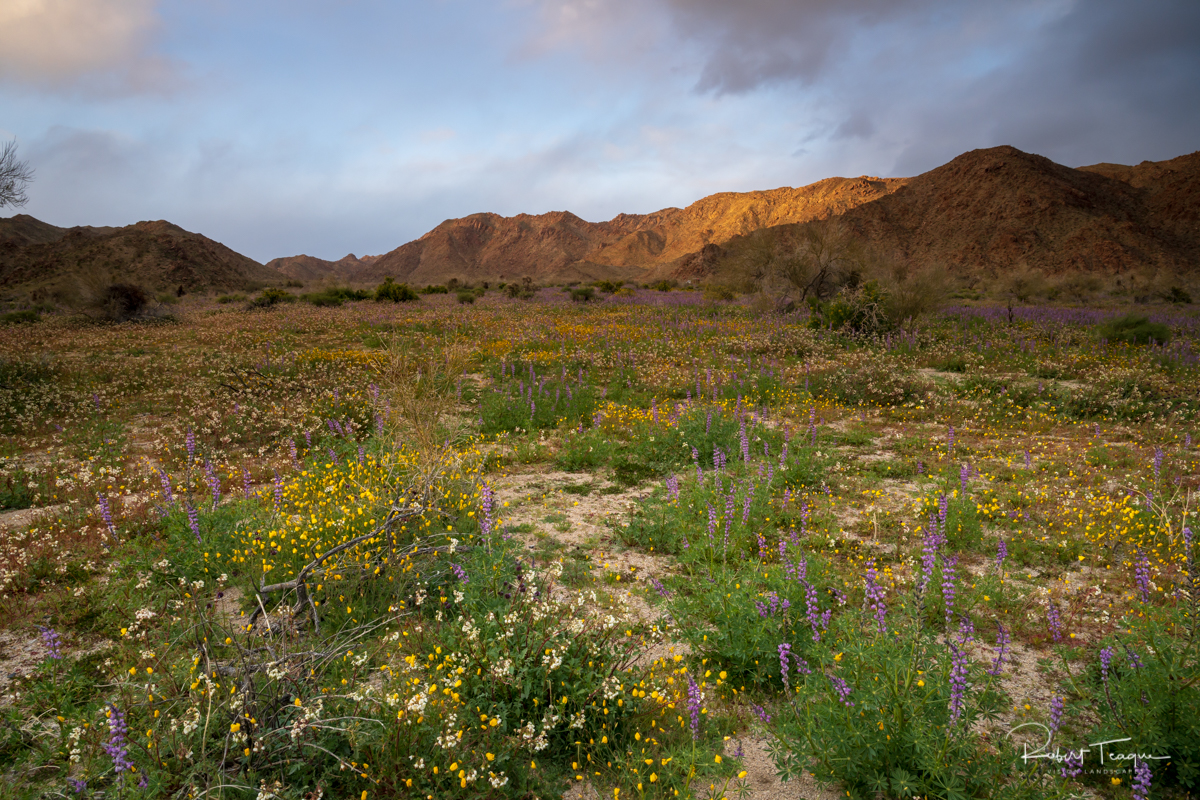

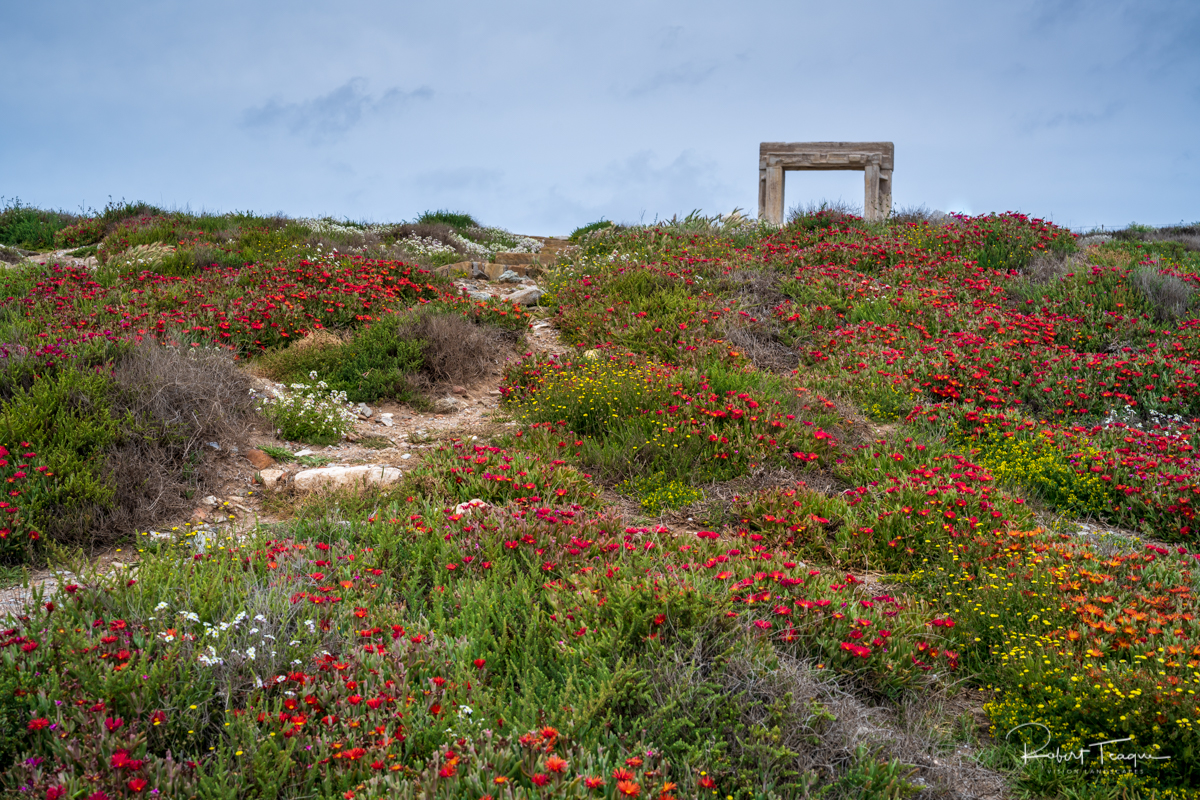
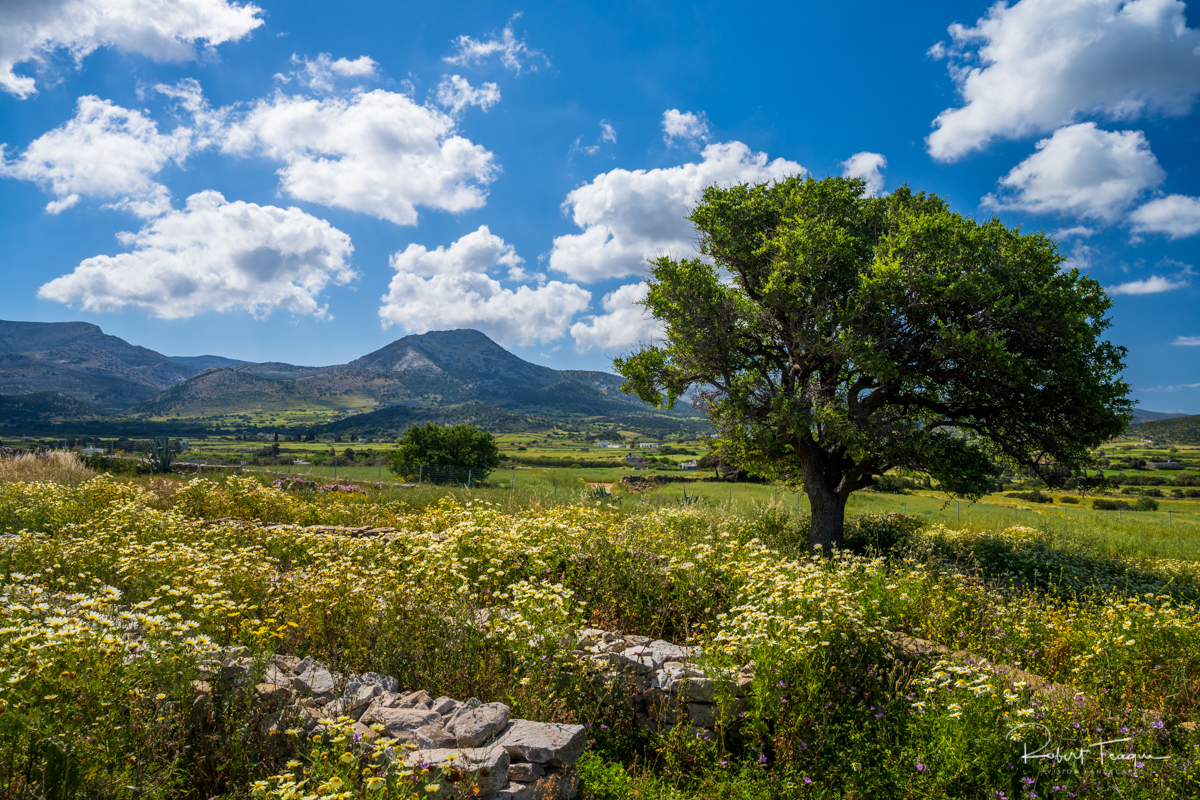

0 Comments on "Wildflower Passion: A Study in Creativity"